So I found an excellent video explaining Ni. The video is great, but I want to know if you identify with its description?
Is this Ni?
- Thread starter Aaron Thyne
- Start date
You are using an out of date browser. It may not display this or other websites correctly.
You should upgrade or use an alternative browser.
You should upgrade or use an alternative browser.
Yeah that is Ni. Most of this is subconscious as well. Just pattern making in the background and then it comes randomly up like a connection.
Most of these seem to be abstract and metaphorically as well.
An Example is with this famous painting of Salvador Dali.
Pictures of melting clocks, ants, desert, sea, ... what do these associate to?
Clocks are Time, Time is melting, slowing down. The Sea could be a calming place, it is desolate (no people in the picture), so it could be linked with experience of
time within one's own head. etc. You will end up with an abstract picture of a concept which is based on different associations you are making with your Ni (or intuition).
You can try making your own abstract concept of the meaning of this painting and then open the link and see whether your concept matches that of the original artist.
The title is the Persistence of Memory, so try to derive an abstract picture based on this title.
https://legomenon.com/salvador-dali-persistence-of-memory-melting-clocks-meaning.html
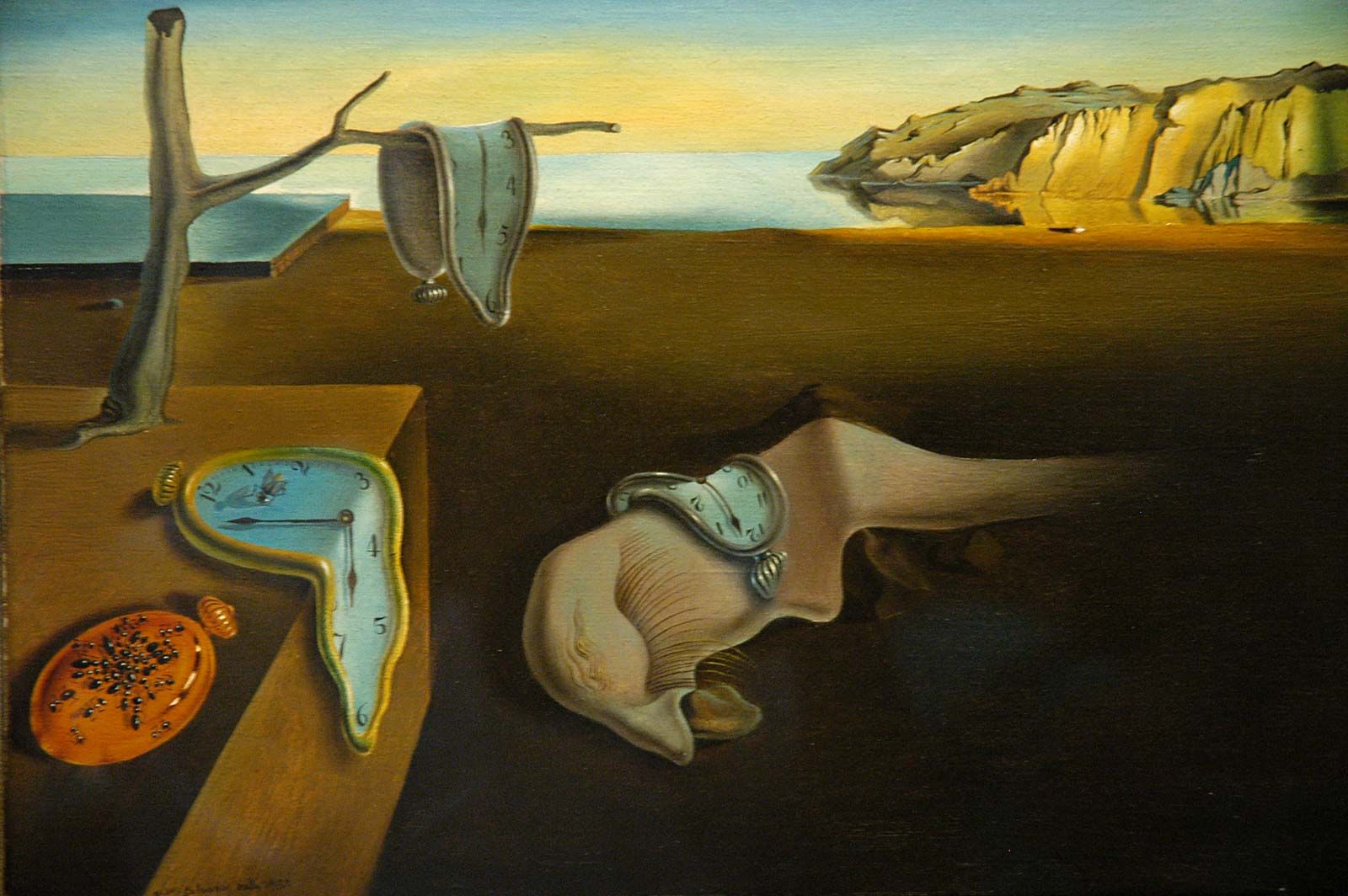
Most of these seem to be abstract and metaphorically as well.
An Example is with this famous painting of Salvador Dali.
Pictures of melting clocks, ants, desert, sea, ... what do these associate to?
Clocks are Time, Time is melting, slowing down. The Sea could be a calming place, it is desolate (no people in the picture), so it could be linked with experience of
time within one's own head. etc. You will end up with an abstract picture of a concept which is based on different associations you are making with your Ni (or intuition).
You can try making your own abstract concept of the meaning of this painting and then open the link and see whether your concept matches that of the original artist.
The title is the Persistence of Memory, so try to derive an abstract picture based on this title.
https://legomenon.com/salvador-dali-persistence-of-memory-melting-clocks-meaning.html

Last edited:
- Aug 21, 2015
- 9,493
- 89,310
- 2,590
- MBTI
- INFJ
- Enneagram
- 5w4
That seems Ni to me.
I was going to say more, but nah.
I was going to say more, but nah.
Yeah that is Ni. Most of this is subconscious as well. Just pattern making in the background and then it comes randomly up like a connection.
Most of these seem to be abstract and metaphorically as well.
An Example is with this famous painting of Salvador Dali.
Pictures of melting clocks, ants, desert, sea, ... what do these associate to?
Clocks are Time, Time is melting, slowing down. The Sea could be a calming place, it is desolate (no people in the picture), so it could be linked with experience of
time within one's own head. etc. You will end up with an abstract picture of a concept which is based on different associations you are making with your Ni (or intuition).
You can try making your own abstract concept of the meaning of this painting and then open the link and see whether your concept matches that of the original artist.
The title is the Persistence of Memory, so try to derive an abstract picture based on this title.
https://legomenon.com/salvador-dali-persistence-of-memory-melting-clocks-meaning.html

I'm not sure this is necessarily Ni, to be honest. It could also be NeFi.
There is something quite deliberate about it. Intuition is directed toward the object (Ne) to express an inner state or mood (Fi).
I actually think Ni is a very difficult function to represent. To me it seems more like this:
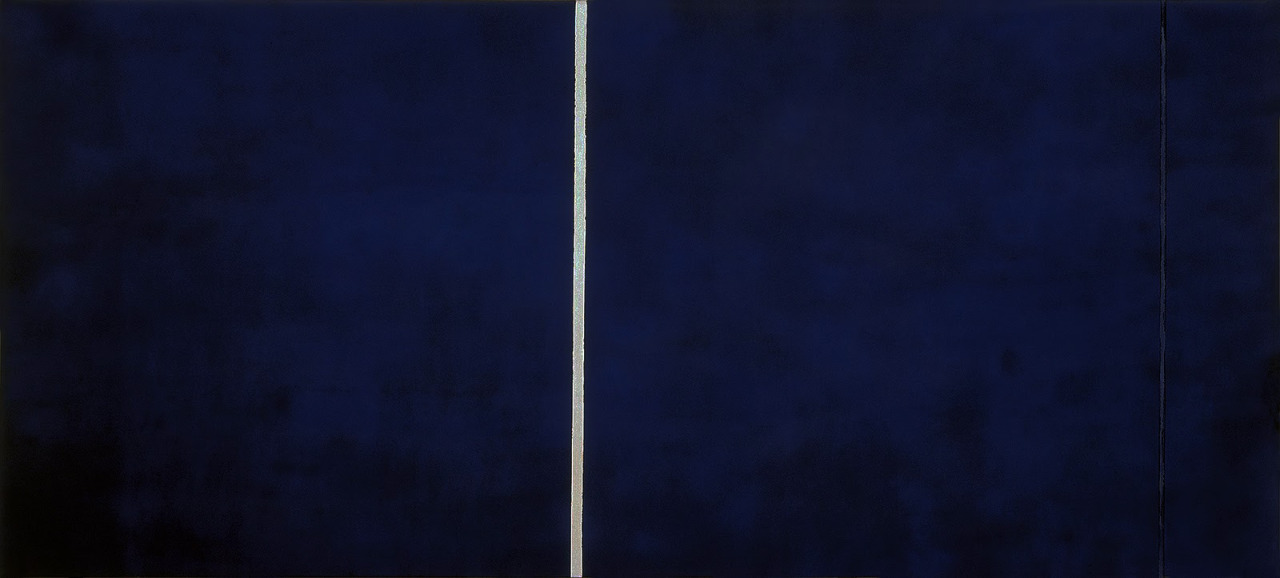
I'm not sure this is necessarily Ni, to be honest. It could also be NeFi.
There is something quite deliberate about it. Intuition is directed toward the object (Ne) to express an inner state or mood (Fi).
I actually think Ni is a very difficult function to represent. To me it seems more like this:
I tend to disagree Ren, I don't see how this is directed to an inner state? Or how is Ne described according to you?
Your painting is Ni as well, yes, but more NiFe then. The associations of the colour aspects, being very abstract.
(how do these colours feel to you, how do these associate in combination to an emotional state and then form a picture).
I would rather say then that the painting that I have shown is more leaning towards NiTe then (objective association, going towards a concept).
Emotionally, I do have a better association with the first picture though than the second...still I think both are Ni oriented...
Though this is a (popular) blog post:
https://www.psychologyjunkie.com/2017/04/10/famous-artist-myers-briggs-personality-type/
https://www.psychologyjunkie.com/2017/04/10/famous-artist-myers-briggs-personality-type/
I tend to disagree Ren, I don't see how this is directed to an inner state? Or how is Ne described according to you?
Not directed to an inner state, but directed to outer objects (melting watches, the beach) to express an inner state (the feeling of time slowing, loneliness, etc.) You're right that it could also be a concept but to me it seems more like an emotion or impression.
By contrast, the second painting seems to me to be directed to an inner object (consciousness) to express something universal (Fe or Te).
@Ren Hmm, fair enough. In that sense I see your point.
the second painting seems to me to be directed to an inner object (consciousness), as in persuading the viewer to go into a state of consciousness to understand an universal meaning?
Switching to boardgames (was thinking of Dixit): https://www.reddit.com/r/infj/comments/cnvsw0/here_are_some_board_games_which_your_ni_will_love/
Codenames, Dixit and Mysterium
Have you played any of these (if any boardgames, off course). These are heavily leaning towards universal association as well (trying to let a group understand the meaning of a subject through image or word association).
Trying to conceptualise the working of Ni.
the second painting seems to me to be directed to an inner object (consciousness), as in persuading the viewer to go into a state of consciousness to understand an universal meaning?
Switching to boardgames (was thinking of Dixit): https://www.reddit.com/r/infj/comments/cnvsw0/here_are_some_board_games_which_your_ni_will_love/
Codenames, Dixit and Mysterium
Have you played any of these (if any boardgames, off course). These are heavily leaning towards universal association as well (trying to let a group understand the meaning of a subject through image or word association).
Trying to conceptualise the working of Ni.
Grabbing Odilon Redon from the blog, these seem to be more of a dream state. More of a vague imaginary concept. Can see the Ni in that.
Appartion and Aurora respectively as titles.
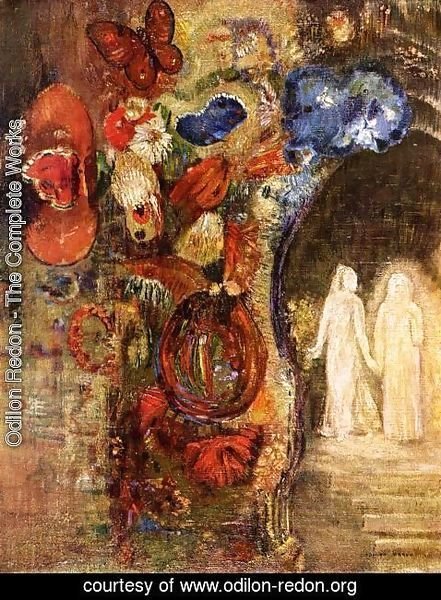
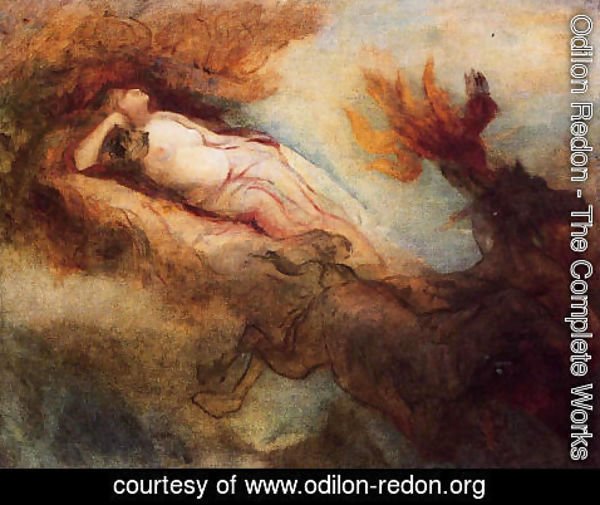
Arnold Bocklin would be the INTJ version according to the blog...there is more a structure in these paintings. Could still associate a dream state abstraction
with it.
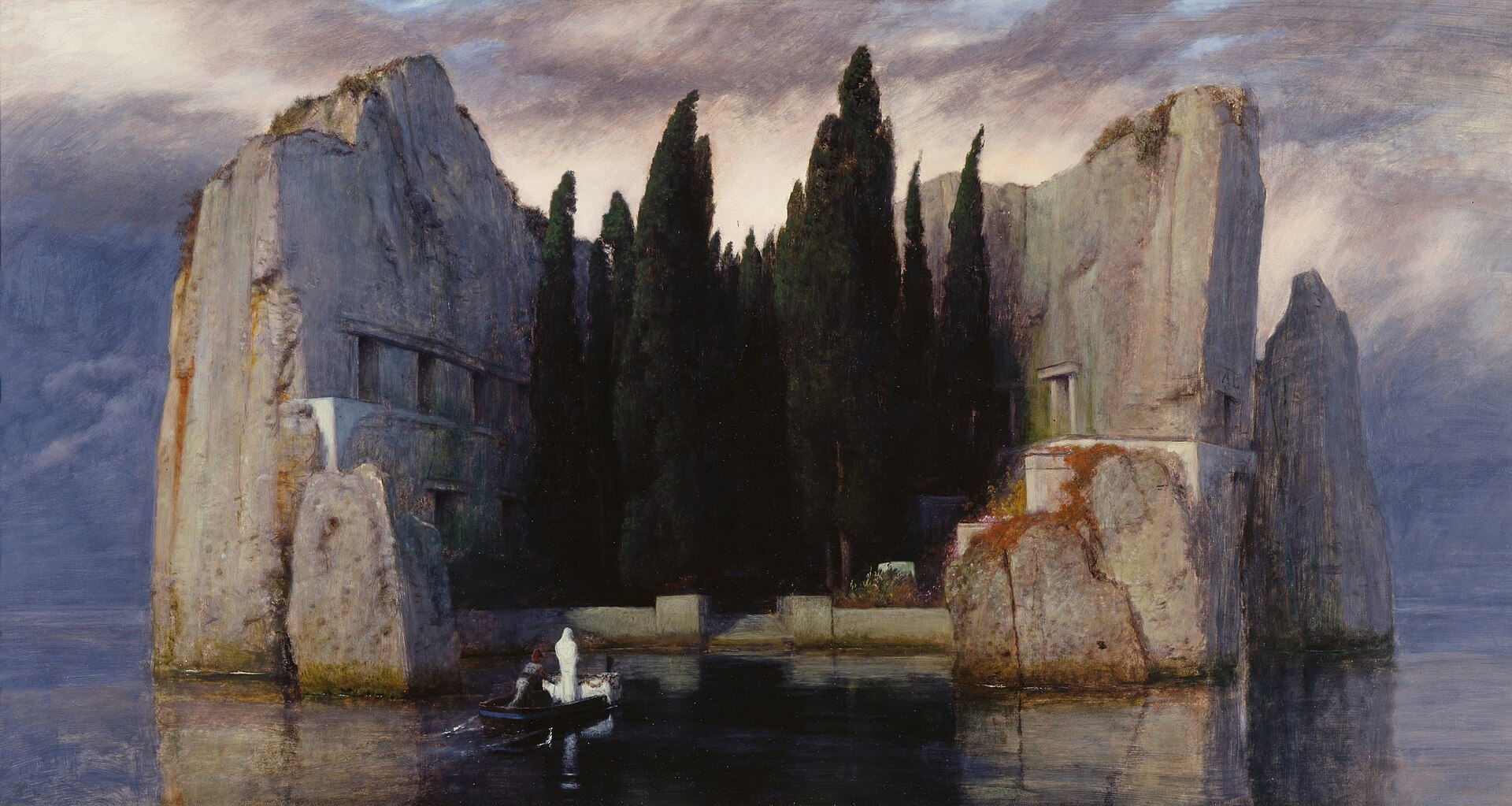
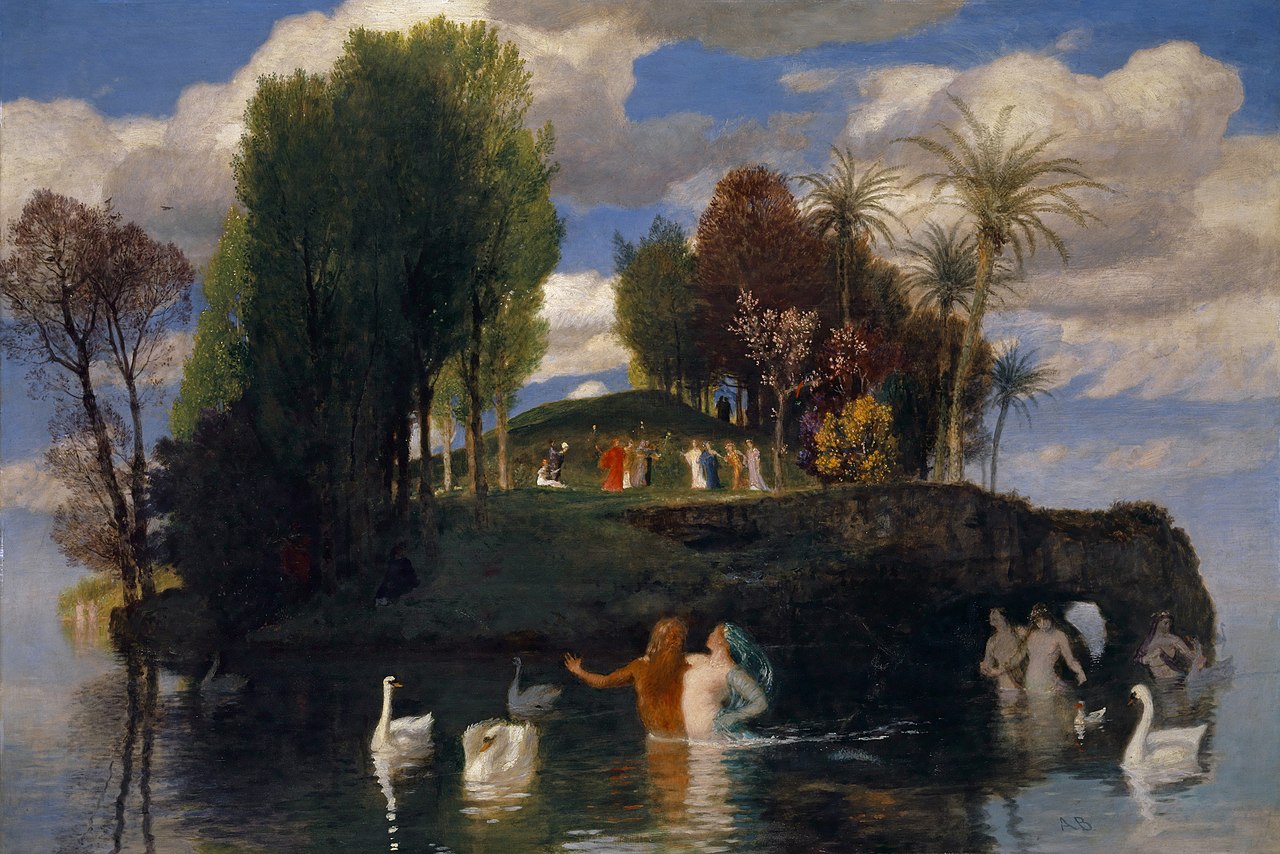
Still...Dali has these kind of abstractions as well, in my eyes
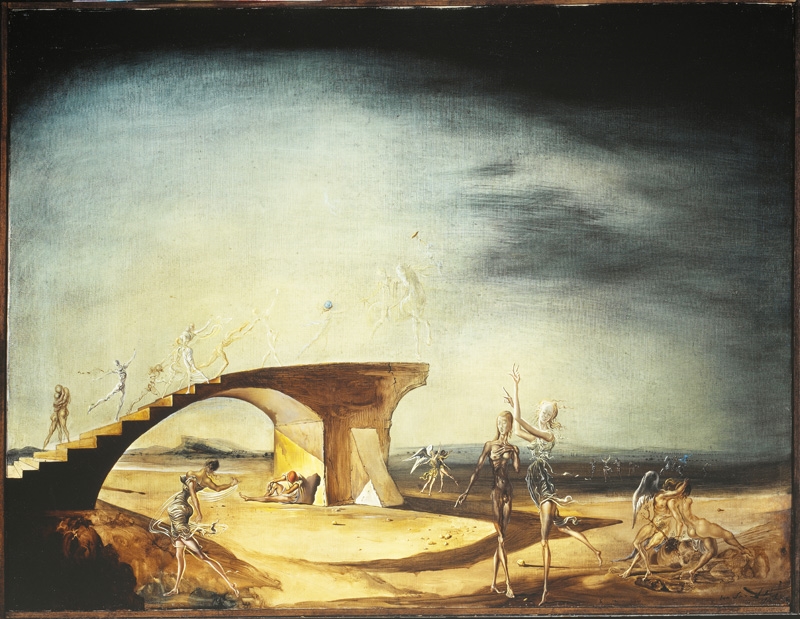

It's difficult to pinpoint...I don't know...
Appartion and Aurora respectively as titles.


Arnold Bocklin would be the INTJ version according to the blog...there is more a structure in these paintings. Could still associate a dream state abstraction
with it.


Still...Dali has these kind of abstractions as well, in my eyes


It's difficult to pinpoint...I don't know...
- Aug 21, 2015
- 9,493
- 89,310
- 2,590
- MBTI
- INFJ
- Enneagram
- 5w4
I think it is difficult to pin down the MBTI of artwork of any kind, except to say that it is a thinking piece or a feeling piece. If art (or fiction, music, etc) was function-specific those without that function in their top stacks would not relate. Music is a good example of this, because no matter the composer's MBTI, and no matter the specific intention of the composer, a varied body of people will relate to the resulting song. There is a certain puppeteering that goes along with creating a song... a happy tune will make people happy, a sad song will make them sad, and so forth... but we still have personal interpretations.
Art is a language, but the maker's intention is only half of the equation. The viewer's response is what the viewer takes away from the work. So, if @dragulagu sees Ni in a Dali painting that is his personal experience with the art, and if @Ren or @acd see Ne/Fi, then that is their personal experience with the art, no matter what Dali originally intended. Any of these responses can be combined with Dali's intention as well.
Art is a language, but the maker's intention is only half of the equation. The viewer's response is what the viewer takes away from the work. So, if @dragulagu sees Ni in a Dali painting that is his personal experience with the art, and if @Ren or @acd see Ne/Fi, then that is their personal experience with the art, no matter what Dali originally intended. Any of these responses can be combined with Dali's intention as well.
I think it is difficult to pin down the MBTI of artwork of any kind, except to say that it is a thinking piece or a feeling piece. If art (or fiction, music, etc) was function-specific those without that function in their top stacks would not relate. Music is a good example of this, because no matter the composer's MBTI, and no matter the specific intention of the composer, a varied body of people will relate to the resulting song. There is a certain puppeteering that goes along with creating a song... a happy tune will make people happy, a sad song will make them sad, and so forth... but we still have personal interpretations.
I think music is a bit of an outlier here, because it isn't a representational art. In a sense it's an art that by its nature is so abstract that it would make little sense to try to discern Jungian functional patterns in it. That said, I have two main thoughts. The first thought is that you're basically right—it's not really possible to read a functional pattern in a piece of art. At the same time, it does seem to me that the more representational the art, the more the artist's personality tends to 'seep' into it in a way that's externally visible. In a work of literature, which is perhaps at the opposite pole from music, you can really sense hints of functional preferences, although again I would be careful not to jump to conclusions too quickly.
Why do those clocks look like used condoms?
Duh. Time got F'd.Why do those clocks look like used condoms?
- Aug 21, 2015
- 9,493
- 89,310
- 2,590
- MBTI
- INFJ
- Enneagram
- 5w4
I think music is a bit of an outlier here, because it isn't a representational art. In a sense it's an art that by its nature is so abstract that it would make little sense to try to discern Jungian functional patterns in it. That said, I have two main thoughts. The first thought is that you're basically right—it's not really possible to read a functional pattern in a piece of art. At the same time, it does seem to me that the more representational the art, the more the artist's personality tends to 'seep' into it in a way that's externally visible. In a work of literature, which is perhaps at the opposite pole from music, you can really sense hints of functional preferences, although again I would be careful not to jump to conclusions too quickly.
When trying to discern the MBTI of a creator of art, I think literature is the easiest. That said, writers can disguise who they are and allow the personalities and moods of the story to shine.
The MBTI stereotype is Creative = XXFP (particularly INFP and ISFP), Thoughtful = XNTJ (particularly INTJ). We know there are visual artists of every MBTI type.
I think you can get a sense of whether or not someone is a sensor or an intuitive, or a thinker or a feeler, via their work, but narrowing it down to exact cognitive function seems difficult unless you have interviews, candid photos, a journal, witness accounts, and so forth, and can combine the parts into a whole. Popular styles of the time can influence an artist, too. I wrote a long thing, but I erased it because nobody wants to hear my quasi-thesis on artists' types.
I do think those with extroverted sensing are more likely to make art with higher visual impact, and those who are Intuitives are more likely to make work with symbolism and allegories. Feelers are more likely to be loose and free in their execution, while Thinkers are more likely to use grids, measurements, and math. Any artist can be drawn to either method if they get results that way, and many serious artists make an effort to use traditional methods of composition and execution, regardless of type. (I know I'm a Feeler who uses grids and math. That's a story for another day, and it also makes my point about uncertainty with typing.)
I've seen Arnold Bocklin typed a few different ways, and as both a thinker and feeler. I don't necessarily see INTJ in his work. I'm not convinced he is an INTJ because of the quote about inspiration and dreams. His work does seem more "N" than "S", though.
.“The painter’s ideas don’t come to him on wings while he dreams… without untiring diligence, single-mindedness and a combative spirit, there can’t be any good result.”
I know a few artists who have been officially typed as INTJs. One of them creates loose, dreamy work. Her dreams are so exquisite that I'm a little jealous, and those dreams do influence her work. The other is an OCD technical artist with an easy-going and kind personality, who is a perfectionist at work. You'd never guess by looking at their art that MBTI tested them both as INTJs. You'd need to collect data unless they told you their types.
Utoh!!Though this is a (popular) blog post:
https://www.psychologyjunkie.com/2017/04/10/famous-artist-myers-briggs-personality-type/
ENTJ – Claude Monet
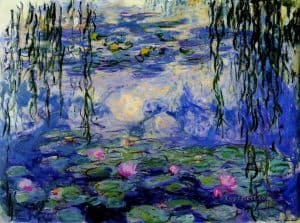
“I wear myself out and struggle with the sun. And what a sun here! It would be necessary to paint here with gold and gemstones. It is wonderful.”
– Claude Monet
(@Ren
You've seen used condoms hanging from branches???Why do those clocks look like used condoms?
Utoh!!
ENTJ – Claude Monet

“I wear myself out and struggle with the sun. And what a sun here! It would be necessary to paint here with gold and gemstones. It is wonderful.”
– Claude Monet
(@Rencan I still be INFJ if i like Monet??)
No, you’re officially ENTJ now.
Was Monet really of that type though? Hmm...



